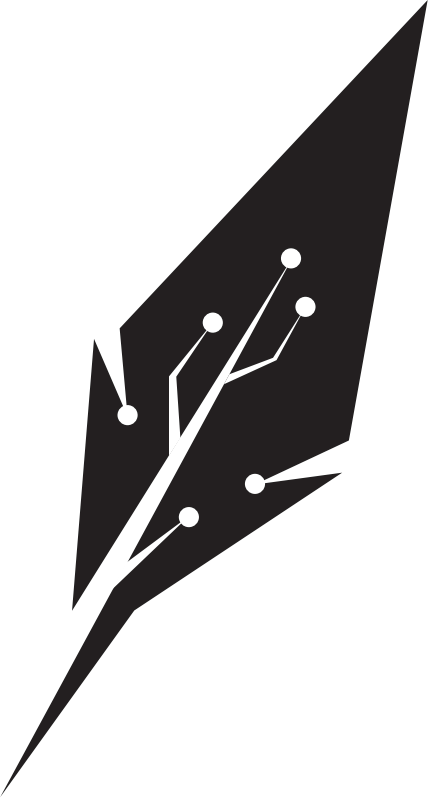


I've come to realize that learning new software isn't as straightforward.
Using graphic design software as an example, consider what you must learn:
The interface. This could in some instances be standard, but for many specialized software they're often non-standard (E.g. Blender's UI for 3D work vs Maya's UI.)
The shortcuts. Both default keyboard and mouse shortcuts often differ greatly between software.
The specialized tools. Some tools exist in one software, but may not exist in others. (E.g. Extensions in Inkscape, vs Make Blend in Adobe Illustrator, for which similar/analogue features don't exist as of yet in Affinity Designer.)
The (proper) usage of the tools. This concerns both obvious/general tool options and the obscure features of a particular tool. (E.g. the Brush tool is not just about it's size or appearance - it's about pressure, opacity, sensitivity, flow, etc.)
The problem-solving usage of a tool. Clearly said: how to apply tools to solve a specific problem. A real master can solve most problems with just one tool. (E.g. you could use one brush to replicate advanced textures, lines, etc.)
The limits of those tools, and workarounds. There's always something you could complain about a tool, once you get used to it enough. Some tools may feature/work differently across software, or better yet, behave against your expectations.
Substitutes for specialized/missing tools. E.g. the lasso tool to carve shapes, or masks/clips to erase instead of the eraser tool.
Yes, you could try to learn all applicable tools in one shot. But mastery of that kind would only be superficial. One's true mastery of tools is an iterative process of discovery - and this takes time.
Which is a problem when you don't have time, and when software keeps getting more complicated.